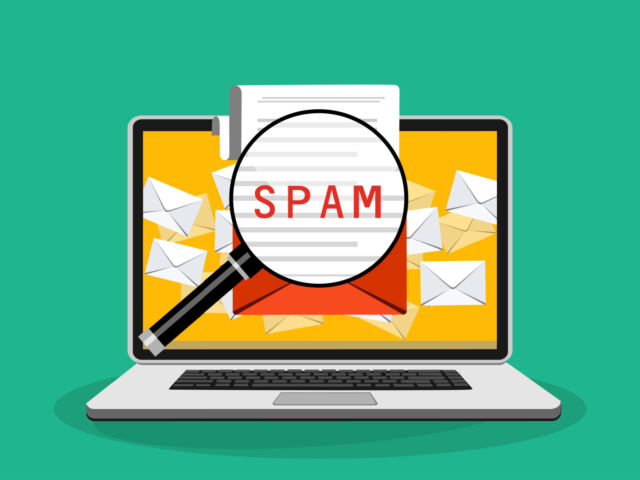And, YES, you CAN end a sentence in a preposition! And don’t argue with me about it!
You know who you are – I’m talking to you, self-appointed grammar police.
1. Compliment or complement? Have you ever written “complimentary medicine?”
I did (once) 20+ years ago in an email to a group of doctors who then took great delight on a conference call laughing themselves silly at my expense while they made “compliments” to each other about medicine. Like, “That boil looks so shiny, like a sparkling star!” This mortifying experience led me to never forget the correct usage.
- Compliment means a polite expression of praise or admiration (noun). As a verb, compliment means to politely congratulate or praise (someone) for something.
- Complement means to add to something or complete it. While it can be used as a noun or a verb, there are more uses for it as a noun. This is the medical definition. It can be used differently in different industries.
Look for the i and the e. If there is an i, it’s praise. If there’s an e, it’s an addition.
2. That, which; which, that… a never-ending argument of that which you should use in a sentence.
You could spend hours on the web researching the topic, but that’s not needed.
- “That” limits the meaning of a sentence.
- “Which” provides extra information.
Another easy way to remember is to take out the clause. If you take out the “which” clause and your sentence no longer makes sense, then you should use “that.” For example:
- Correct: Carotid endarterectomy is a common vascular procedure that can reduce the risk of stroke by removing plaque from carotid arteries.
If you use “which,” it means that the risk of stroke clause could be removed, or is extraneous information that is not needed – it’s just a description. You would also need to add commas around the clause.
- Carotid endarterectomy is a common vascular procedure, which can reduce the risk of stroke, by removing plaque from carotid arteries.
- Incorrect: Carotid endarterectomy is a common vascular procedure by removing plaque from carotid arteries.
If you take the clause out, the sentence does not make sense.
- The carotid arteries are the main blood vessels that supply oxygen to the brain.
- The carotid arteries are the main blood vessels, which supply oxygen to the brain.
Now, “supply oxygen to the brain,” turns into a description that can be thrown away. The point of the sentence is to convey that the carotid arteries supply oxygen to the brain. It’s not extra information or a description. It is the function of the arteries.
3. This issue came up in a brochure yesterday – using apostrophe s when a word already ends in an s.
Many people think doing so is incorrect. Example:
- Bridget Jones’s Diary
When this movie came out in 20ayeartoolongago, I led a one-woman revolt, ranting to any hapless victim around. I was positive the title was incorrect. I KNEW it. Everyone I knew had to hear about this monstrous mistake. I know they all appreciated my fury over an apostrophe s at the end of Jones.
I’m saying it. Here goes… I was wrong.
Breathe, Kristen. (I’m okay…I think.)
- Myth: There is only one way to write the possessive form of a word that ends in s. Wrong!
- Truth: It’s a style choice. For example, in the phrase “Jones’s diary,” you can put just an apostrophe at the end of “Jones’” (AP style) or you can put an apostrophe s at the end of “Jones’s” (Chicago style). Both ways are acceptable.
Though it took years to adapt to this ugly truth, I was finally able to put it to rest in my mind. Some of the grammar police will still resist though, insisting you are using incorrect grammar. You can take great delight in informing them you are not wrong and why.
4. Were you taught not to start a sentence with the word, “it”?
For example, “It is a hot and disgustingly humid day outside.” I was taught this as a rule, and repeatedly. This “rule” is a grammar myth. You can start a sentence with, “It”… But should you? This depends on whether you care (and let’s say you do), and whether your sentence makes sense.
In the example I used, “It” refers to the day. You could say, “The day is disgustingly hot and humid outside” instead. The style is a matter of preference.
When in doubt, try your sentence both ways. “It’s” more about style and how you want your text to flow. Trying to undo an “it” sentence may not be worth the trouble when you find yourself staring at a clunky, odd sounding sentence that may no longer convey your point.
Don’t overuse the word it, though. It becomes too easy to let the “it” fly all over when writing in a hurry. It is not advisable to start so many sentences this way. It may annoy the reader.
5. The weird history of the ampersand – & – when to use it and when not to use it.
You can/should use an ampersand if it appears in a company’s name (AT&T). The ampersand is usually chosen in company names for style reasons and not to save space. They like the look of it.
In author situations, the presence of an ampersand between two author names indicates that they contributed equally to the article/book/project. For example, Hofstetter C & Hofstetter T.
When “and” is used, such as in Hofstetter C and Hofstetter T, “and” would indicate that Chris did the most work on an article and Thomas helped to a lesser degree.
The ampersand can be used to indicate that the “and” in a listed item is a part of the item’s name and not a separator (e.g. “Rock, pop, rhythm & blues, and hip hop”).
Other than that, you should use the word “and” in formal writing. If you are sending a text or writing in a casual tone of language, you can use “&” to save space and time (if you feel that typing “and” takes you a very long time…).
If you use it in social media posts, you will hurt me inside. Just remember that. I allow exceptions for character max platforms such as Twitter, but that doesn’t mean I have to like it.
History for those who are interested:
“The term ampersand is a corruption of and per se and, which literally means “(the character) & by itself (is the word) and.” The symbol & is derived from the ligature of ET or et, which is the Latin word for “and.”
This doesn’t make a lot of sense unless you really delve into it, so I’ll just say the convention is really old and we English-speakers like to make mashups of words and phrases that don’t follow any rules. Fun, right?
There’s also a tie in to cursive writing and the mispronunciation of the ABCs rhyme that children used to recite when learning their alphabet. They did not use the current ABCs rhyme. “&” came after the Z, and the children said “and per se and.” When you sing-song it quickly, it sounds like “ampersand,” and that’s how it got its name. This reminds me of the current version where children squish together L, M, N, O, P into “ellemenopy,” as if it were one letter. Both of my children thought it was one letter, which I never bothered to correct because it was so darn cute. Cutoff for grammar error cuteness is around age 4 or 5, but a mom with an English degree is tough that way.
6. I get asked a lot when to use ensure, insure or assure.
- “Ensure” means guarantee
- “Insure” refers to insurance (and no, not just the kind you pay for)
- “Assure” is used to provide confidence
If you read this far, congratulations. You might even be a word nerd.
Check out our publishing services page! We can expertly handle all your content needs, whether marketing or publishing-related. Get a quote or speak with one of our content specialists today.


